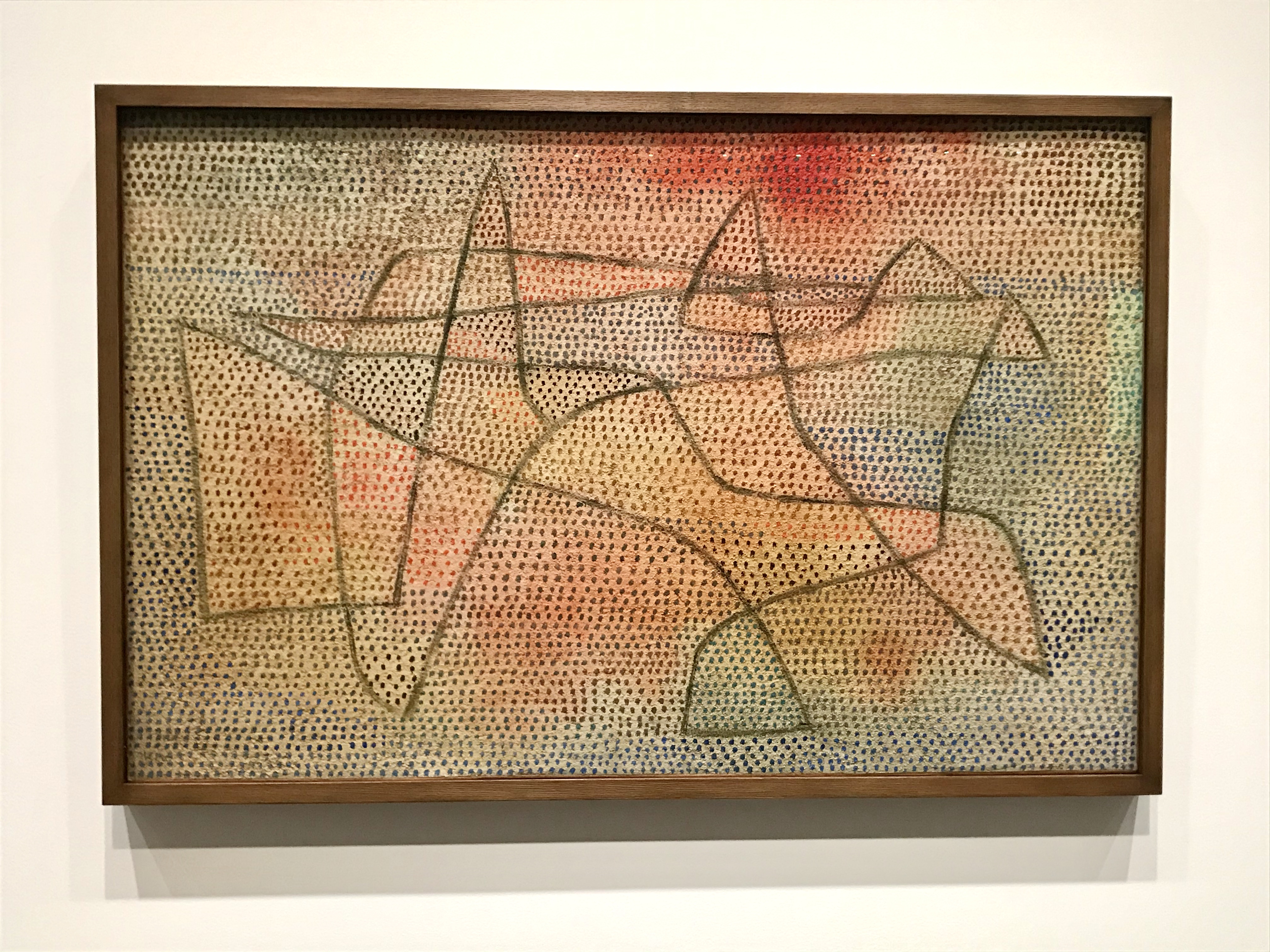Chasing the Horizon: 1952-2022
Henri Fantin-Latour, “Still Life (Flowers, Fruits, Wineglass, and Tea Cup)” (1865), Ishibashi Foundation, Artizon Museum, (Photo by Ishibashi Foundation, Artizon Museum)
Since opening in 2020, Artizon Museum in Kyobashi, Tokyo has been expanding its marvelous art collection and roster of cultural activities. Many masterpieces have been inherited from Artizon Museum’s predecessor, the Bridgestone Museum of Art, which opened in 1952. Bridgestone founder Shojiro Ishibashi began his collection with Western-style paintings by notable European and Japanese artists. His son, Kanichiro, later added abstract art, particularly from post-war France. In celebration of the 70th anniversary of the founding of the Bridgestone Museum of Art, Artizon Museum presents Chasing the Horizon: 1952-2022 – Ancient, Impressionist, and Contemporary Art until April 10th (Tickets). Among the approximately 2,800 items in the Ishibashi Foundation Collection, about 170 artworks and documents representing ancient art, modern and contemporary art, and Japanese and East Asian antiques are displayed. Posters from the Bridgestone Museum of Art’s past exhibitions, plus records of Saturday Lectures, art films, and other archival materials also trace the museum’s dynamic endeavors throughout the years.
Pictured above is Henri Fantin-Latour’s Still Life (Flowers, Fruits, Wineglass, and Tea Cup) (1865), one of the oldest pieces in the first part of the exhibition. Best known for his unembellished and direct approach to still life, Fantin-Latour was a firm believer in Realism. He rejected exotic subjects and exaggerated emotions. In addition to the precisely portrayed vase filled with colorful flowers, we see a pomegranate, a lemon, a glass of red wine, an empty teacup, and a spoon arranged on the tabletop. The effective use of white in the porcelain brings out the other stunning colors.

Another historic and rare artwork, Nude in the Studio (1899) by Henri Matisse, illustrates the artist’s early experimentation with various styles. Contrary to his more recognizable abstract themes in shades of blue, yellow, and green, this work utilizes Pointillism and emphasizes a deep contrast between red and green. The figure of the model highlighted in profile while posing atop a round stand exudes an air of sensuality.

Another work on Pointillism is Port of Concarneau (1925) by Paul Signac. This French Neo-Impressionist painter, together with Georges Seurat, contributed to the development of the Pointillist style. The bright and refreshing harbor scenery tells of Signac’s journey on his sailboat from Concarneau seaport in Brittany to Saint-Tropez. The blend of pale blue, pink, orange, and yellow hues creates a glimmeringly decorative effect.


As for representations of Abstract art, Wassily Kandinsky’s Self-Illuminating (1924) and Paul Klee’s Island (1932) depict the subliminal relationships of lines, shapes, and space. Kandinsky wonderfully overlaps small and large circles, squares, and triangles with his trademark diagonal line superimposed on a multicolor background. The curving line suggests a flowing movement. In Klee’s painting, the lines are drawn in one stroke, swerving around a frame of colored dots. Blurry and dark shades intertwine to produce spatial connections among the points, lines, and planes. Both Kandinsky and Klee were Bauhaus protégées and belonged to The Blue Rider circle formed by Kandinsky in 1911.

Abstract art had a great impact on Japanese artists, as well. Harue Koga, an avant-garde painter active between the 1910s and early 1930s, is recognized as one of the first Japanese Surrealists. Artizon Museum possesses about 60 of his works. Innocent Moonlit Night (1929) evokes a mysterious mood with juxtaposed elements that seem to impart a story. The owl and butterflies soaring in the moonlit sky; the airplane leaving a trail of smoke; the flat tabletop adorned with fruit, a wine bottle, and a vase of flowers; the polka-dotted human figure posing curiously; a huge dog staring at the viewer. These thought-provoking motifs may all allude to some kind of message conveyed in Koga’s Surrealistic world.

The Jam Session series, reopened in 2020, invites contemporary artists to show their works along with pieces from the Ishibashi Foundation Collection. Tomoko Konoike was the first artist to participate. Her unique perception of the world defines human beings as creatures that undergo repeated transformations. Fusuma-e (Globe Cross Section, Water Flows, Tornadoes, Stones) (2020) is an enormous 18-panel sliding door installation in watercolor, pencil, and stone on Japanese paper. Konoike remarks, “We see the world through our own umwelts. None are the same.”

Finally, the significant works of Romanticist and Impressionist painter Takeji Fujishima should not go unnoticed. Considered one of the most important artists in the Ishibashi Foundation Collection with over 60 masterpieces, Fujishima was a pioneer of Western-style painting in Japan during the late 19th and early 20th centuries. He emphasized simplicity and “removal of every bit of excess.” Reminiscence of the Tempyo Era (1902) is reflective of Romanticism in the Meiji era (1868–1912). A woman stands beneath a paulownia tree wearing attire from the Nara (Tempyo) period (710–794) and carrying a kugo ancient harp. The motifs are based on 8th century Buddhist statues, paintings, and Shosoin Imperial treasures. The woman balances her weight on her right leg while the left knee slightly protrudes forward, forming a gentle S—a pose known as contrapposto, which originated in prehistoric Greece. Fujishima expresses a sense of nostalgia in the union of classical Japanese and ancient Western themes.

Constantin Brancusi’s The Kiss (1907–10), Auguste Rodin’s Faunesse Standing (c. 1884), and sculptures from ancient Greece, Egypt, and Rome can also be viewed, as can Chinese pottery, calligraphy, and paintings by artists such as Zao Wou-Ki (1920–2013). This painter represents an important link between Shojiro Ishibashi’s collection and the contemporary developments in the Ishibashi Foundation Collection.
Alma Reyes
Alma Reyes



